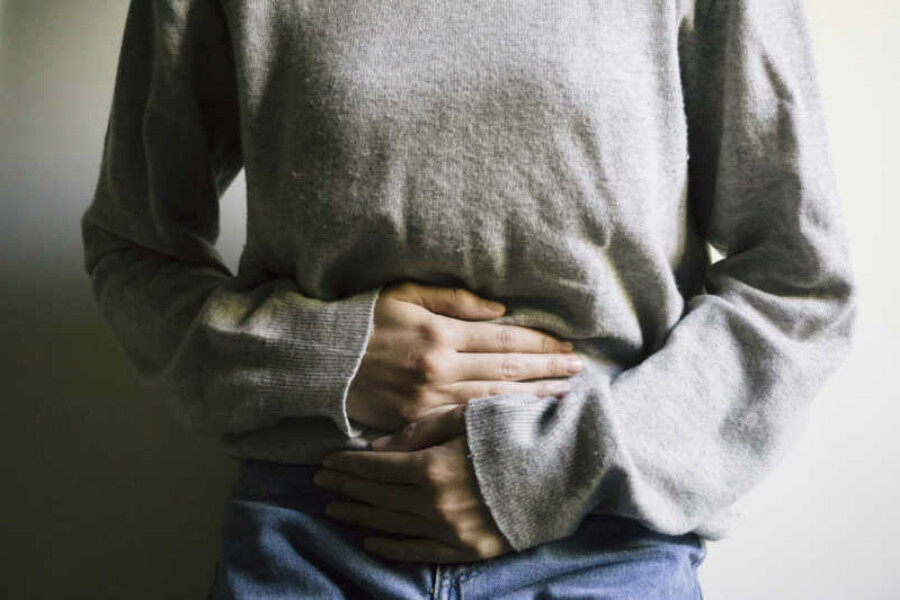Common Causes of Chronic Pelvic Pain in Women

One of the most common causes of chronic pelvic pain is pelvic congestion syndrome. Here’s how you can recognize the symptoms and seek treatment for this condition.
Chronic pelvic pain syndrome (CPPS) is characterized by persistent pain located anywhere between the belly-button and the hips. Unlike menstrual cramps, CPPS lasts for at least six months and doesn’t get better or worse based on the menstrual cycle. This condition accounts for as many as 10%-15% of referrals to gynecologists and pain clinics.
Though CPPS has many potential causes, venous insufficiency can often play a role. Learn more about pelvic congestion syndrome and how to treat it:
What Causes Chronic Pelvic Pain?
There are a variety of factors that can contribute to CPPS, including endometriosis, fibroids, IBS and stress. If you’re suffering from chronic pain in your pelvis, doctors will typically begin by ruling out problems in the gastrointestinal, urinary and reproductive tracts. If these tests come back negative, further investigation will be required.
Another frequent cause of CPPS is pelvic congestion syndrome (PCS). PCS occurs when varicose veins develop in the abdomen. This condition is often caused by an excess of the hormone estrogen — usually during pregnancy or at various stages of the menstrual cycle.
Estrogen can weaken the walls of the veins, causing them to deform and expand. Alternatively, the walls can stretch because there’s an obstruction above the vein impeding the blood flow. Either way, the vein begins to balloon, holding more and more blood, which increases the pressure in the vessel.
Eventually, the pressure becomes too much for the valves whose function it is to keep blood flowing toward the heart. As these valves fail, blood begins to pool, causing painful varicose veins to develop.
PCS: Symptoms and Diagnosis
Symptoms of PCS include an aching discomfort with occasional episodes of stabbing pain. These symptoms can be made worse by coughing, sneezing, lifting heavy objects and prolonged sitting or standing. PCS is also associated with pain and bleeding during and after sexual intercourse.
Often, PCS can be diagnosed with just an ultrasound, but sometimes other imaging like an MRI or venogram is required. Once the diagnosis is confirmed, the first step in treatment is usually to try non-steroidal, anti-inflammatory medication (like Tylenol) to see if that helps control the pain. If that doesn’t work, your doctor may prescribe medication to limit estrogen production, which should help prevent the vein walls from getting any weaker.
Many patients also find physical therapy to be helpful in alleviating the symptoms of PCS. In some situations, after all other options have been exhausted, you and your doctor may elect to embolize the troublesome vein, forcing the body to find other, healthier paths to pump blood back to the heart.
PCS shouldn’t keep you from living your life to the fullest. At the Center for Vein Restoration, we can help diagnose and treat your chronic pain so that you can get back to the activities you enjoy. Schedule an appointment with our vein specialists today.